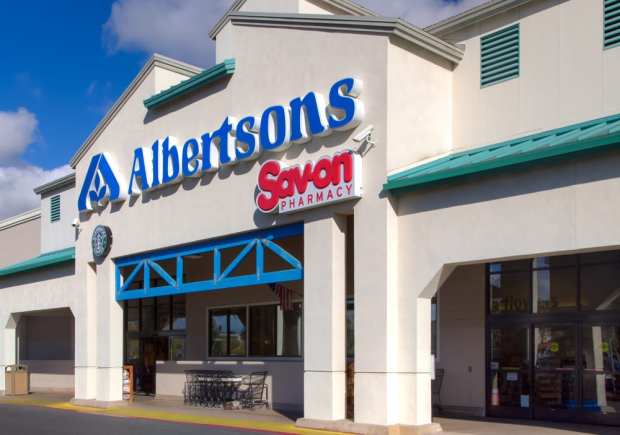
With the looming merger between Kroger and Albertsons set to make it all the harder for smaller grocery chains to stand a fighting chance, delays due to ongoing pushback are giving those retailers more time to find their footing.
The two grocery giants, along with divestiture buyer C&S Wholesale Grocers, announced Monday (Jan. 15) that the merger will close later than the initially anticipated timing of early this year, with the transaction instead expected to be finalized in the first half of Kroger’s fiscal year 2024, with Q2 ending August 17.
“We remain in active and ongoing dialogue with the Federal Trade Commission and individual state Attorneys General regarding our proposed merger and divestiture plan,” the joint statement noted. “In light of our continuing dialogue with the regulators, we are updating our anticipated closure timeline. … We remain committed to closing the transaction and providing the meaningful and measurable benefits that we promised when we originally announced the transaction.”
The latest pushback comes from Washington state Attorney General Bob Ferguson filing a suit Monday to block the merger.
“Free enterprise is built on companies competing, and that competition benefits consumers. Shoppers will have fewer choices and less competition, and, without a competitive marketplace, they will pay higher prices at the grocery store. That’s not right, and this lawsuit seeks to stop this harmful merger.”
Certainly smaller grocers will have a difficult time competing, given the ways that they are already being squeezed out by major players’ massive market share.
PYMNTS Intelligence’s 2022 Decoding Consumer Affinity study from January, created in collaboration with Toshiba and drawing on a survey of more than 2,000 U.S. consumers, found that a whopping 28% had made a grocery purchase at Walmart in the previous month. This is more than three times the 9% that said the same of runner-up Kroger, which itself was nearly twice the 5% that said the same of third-place grocer Publix.
Additionally, PYMNTS Intelligence research reveals that Walmart holds a 19.3% share of food and beverage sales, and Amazon has a 2.6% share. For years now, Walmart has been leveraging its scale to price out smaller competitors amid ongoing economic challenges.
As such, these smaller, grocery-specific retailers have an uphill battle when it comes to holding their own and staying alive — one that will not get any easier when grocery giants Kroger and Albertsons combine their resources and scale, creating another industry behemoth.
One of the ways that grocers can prepare is by expanding their digital presence, securing customers’ omnichannel loyalty.
“In online grocery today, the biggest shift is away from independent retailers relying on others in a way that is not sustainable and not profitable and toward independent retailers taking the reins and taking control and investing in this channel, because of all the value that it can create,” Jeff Anders, co-founder and CEO of eGrocery technology company Grocerist, told PYMNTS in an interview last year.
Overall, grocers are facing ongoing consumer pullback amid years of inflationary challenges. PYMNTS Intelligence’s study last spring, “Consumer Inflation Sentiment Report: Consumers Cut Back by Trading Down,” which drew from a survey of more than 2,000 U.S. consumers, found that 47% of grocery shoppers had switched to buying from merchants with lower prices for at least one grocery product, and 57% had cut down on nonessential grocery spending.